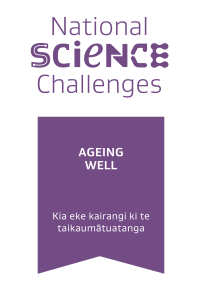
Photo from wikipedia
Objective To evaluate the association between community well-being, a positively framed, multidimensional assessment of the health and quality of life of a geographic community, and hospitalisation rates. Design Cross-sectional study… Click to show full abstract
Objective To evaluate the association between community well-being, a positively framed, multidimensional assessment of the health and quality of life of a geographic community, and hospitalisation rates. Design Cross-sectional study Setting Zip codes within six US states (Florida, Iowa, Nebraska, New York, Pennsylvania and Utah) Main outcome measures Our primary outcome was age-adjusted, all-cause hospitalisation rates in 2010; secondary outcomes included potentially preventable disease-specific hospitalisation rates, including cardiovascular-related, respiratory-related and cancer-related admissions. Our main independent variable was the Gallup-Sharecare Well-Being Index (WBI) and its domains (life evaluation, emotional health, work environment, physical health, healthy behaviours and basic access). Results Zip codes with the highest quintile of well-being had 223 fewer hospitalisations per 100 000 (100k) residents than zip codes with the lowest well-being. In our final model, adjusted for WBI respondent age, sex, race/ethnicity and income, and zip code number of hospital beds, primary care physician density, hospital density and admission rates for two low-variation conditions, a 1 SD increase in WBI was associated with 5 fewer admissions/100k (95% CI 4.0 to 5.8; p<0.001). Results were similar for cardiovascular-related and respiratory-related admissions, but no association remained for cancer-related hospitalisation after adjustment. Patterns were similar for each of the WBI domains and all-cause hospitalisations. Conclusion and relevance Community well-being is inversely associated with local hospitalisation rates. In addition to health and quality-of-life benefits, higher community well-being may also result in fewer unnecessary hospitalisations.
Journal Title: BMJ Open
Year Published: 2019
Link to full text (if available)
Share on Social Media: Sign Up to like & get
recommendations!